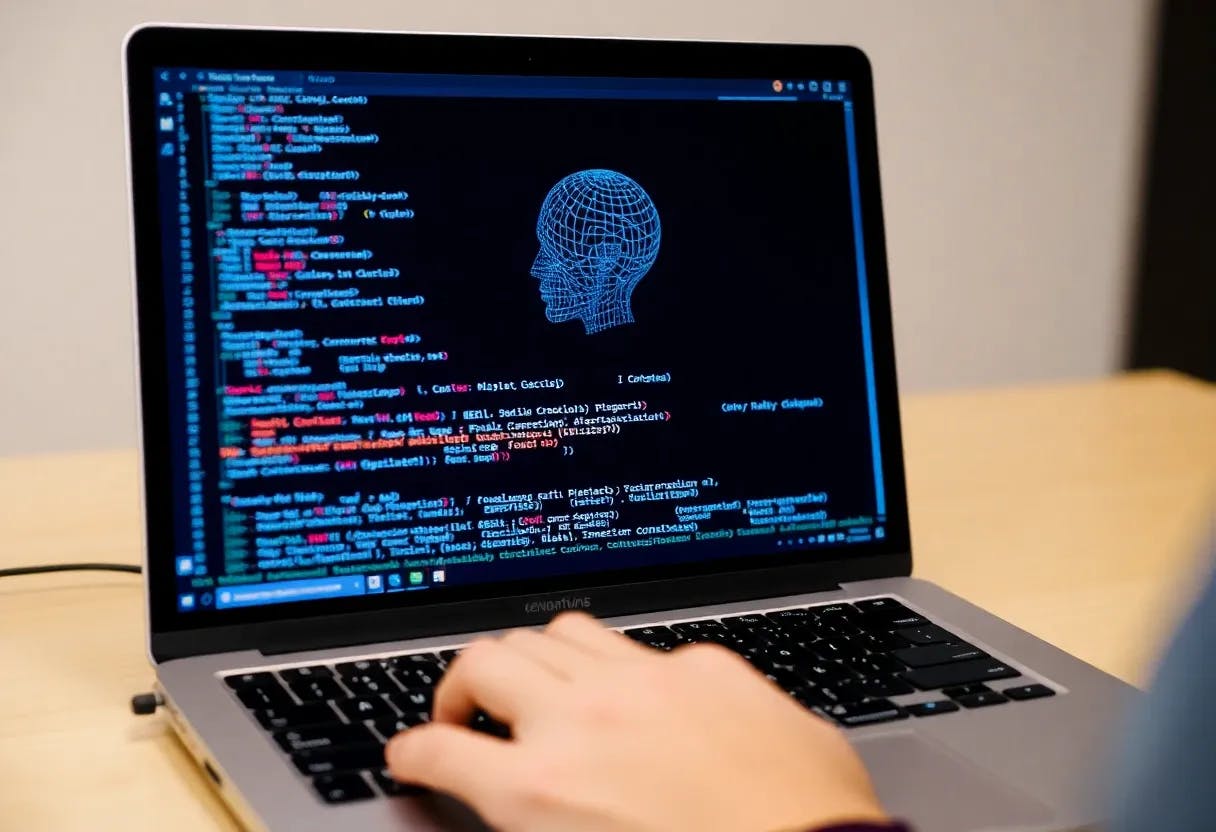Authors:
(1) Albert Gu, Machine Learning Department, Carnegie Mellon University and with equal contribution;
(2) Tri Dao, Department of Computer Science, Princeton University and with equal contribution.
Table of Links
3 Selective State Space Models and 3.1 Motivation: Selection as a Means of Compression
3.2 Improving SSMs with Selection
3.3 Efficient Implementation of Selective SSMs
3.4 A Simplified SSM Architecture
3.5 Properties of Selection Mechanisms
4 Empirical Evaluation and 4.1 Synthetic Tasks
4.4 Audio Modeling and Generation
4.5 Speed and Memory Benchmarks
A Discussion: Selection Mechanism
D Hardware-aware Algorithm For Selective SSMs
E Experimental Details and Additional Results
3.6 Additional Model Details
Real vs. Complex. Most prior SSMs use complex numbers in their state ℎ, which is necessary for strong performance on many tasks (Gu, Goel, and Ré 2022). However, it has been empirically observed that completely real-valued SSMs seem to work fine, and possibly even better, in some settings (Ma et al. 2023). We use real values as the default, which work well for all but one of our tasks; we hypothesize that the complex-real tradeoff is related to the continuous-discrete spectrum in data modalities, where complex numbers are helpful for continuous modalities (e.g. audio, video) but not discrete (e.g. text, DNA).
Initialization. Most prior SSMs also suggest special initializations, particularly in the complex-valued case, which can help in several settings such as low-data regimes. Our default initialization for the complex case is S4D-Lin and for the real case is S4D-Real (Gu, Gupta, et al. 2022), which is based on the HIPPO theory (Gu, Dao, et al. 2020). These define the n-th element of A as −1∕2 + ni and −(n + 1) respectively. However, we expect many initializations to work fine, particularly in the large-data and real-valued SSM regimes; some ablations are considered in Section 4.6.

Remark 3.1. For brevity in our experimental results, we sometimes abbreviate selective SSMs as S6 models, because they are S4 models with a selection mechanism and computed with a scan.
This paper is available on arxiv under CC BY 4.0 DEED license.

